Home>Technology>Home Entertainment Systems>When To Replace A Projector Lamp
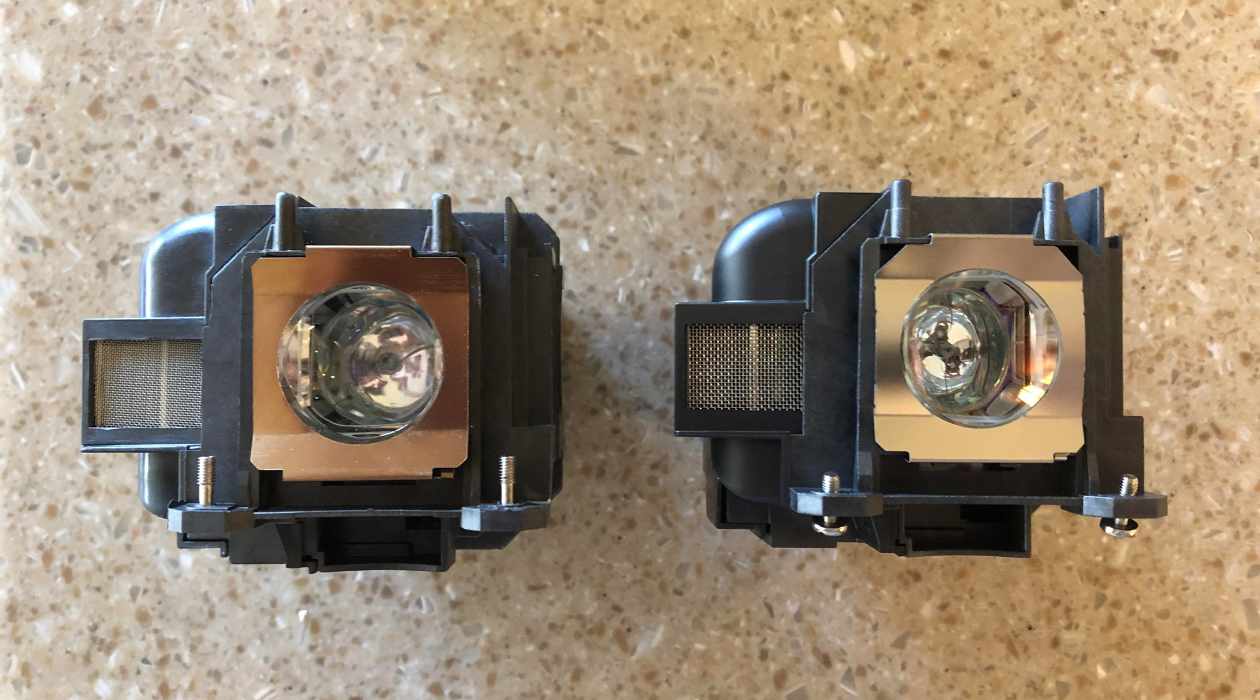

Home Entertainment Systems
When To Replace A Projector Lamp
Modified: February 18, 2024
Learn when to replace a projector lamp for optimal performance in your home entertainment system. Find out the signs and tips for replacing projector lamps.
(Many of the links in this article redirect to a specific reviewed product. Your purchase of these products through affiliate links helps to generate commission for Storables.com, at no extra cost. Learn more)
Introduction
Read more: How To Replace A Projector Lamp
Understanding the Importance of a Projector Lamp
Welcome to the world of home entertainment systems, where the allure of a big-screen experience is brought to life by the humble yet crucial projector lamp. Whether you're a seasoned home theater enthusiast or a newcomer to the realm of projection technology, understanding the significance of a projector lamp is essential for maximizing your viewing experience.
Projector lamps serve as the literal and metaphorical light source of your home theater setup. These lamps are the lifeblood of your projector, illuminating your favorite movies, TV shows, and video games with vibrant colors and crisp details. Much like any other light source, projector lamps have a finite lifespan, and knowing when to replace them is pivotal for maintaining optimal visual quality and preventing interruptions during your viewing sessions.
In this article, we'll delve into the intricacies of projector lamps, exploring their importance, signs of deterioration, factors to consider before replacing them, and the step-by-step process of replacing a projector lamp. By the end, you'll be equipped with the knowledge to ensure that your home entertainment system continues to dazzle with stunning visuals, all thanks to a well-maintained projector lamp. So, let's embark on this enlightening journey into the world of projector lamps and unveil the secrets to an immersive and uninterrupted viewing experience.
Key Takeaways:
- Projector lamps are crucial for vibrant visuals in home theaters. Look out for signs like dimness, color shifts, and flickering to know when to replace the lamp for uninterrupted viewing pleasure.
- Before replacing a projector lamp, consider its lifespan, usage, visual quality, budget, and compatibility. Follow a step-by-step process to seamlessly install a new lamp and enjoy stunning visuals.
Understanding Projector Lamps
Projector lamps, also known as projector bulbs, are the essential components responsible for projecting images onto the screen in a home theater setup. These lamps utilize advanced lighting technologies, such as metal halide, LED, or laser, to produce intense light beams that create the vivid visuals synonymous with high-quality projection systems.
One of the key factors that contribute to the appeal of projector lamps is their ability to render colors with remarkable accuracy and brilliance. This capability is crucial for delivering a cinematic viewing experience, as it ensures that every hue, shade, and tone is faithfully represented on the screen. Whether you’re watching a breathtaking nature documentary or a pulse-pounding action film, the performance of the projector lamp directly impacts the visual fidelity and overall immersion of the content.
Furthermore, projector lamps play a pivotal role in determining the brightness and contrast levels of the projected images. The luminous output of the lamp, measured in lumens, directly influences the clarity and visibility of the visuals, especially in environments with varying ambient light conditions. Additionally, the contrast ratio, which refers to the distinction between the brightest and darkest elements in the projected image, is influenced by the lamp’s performance, contributing to the depth and richness of the on-screen imagery.
It’s important to note that projector lamps are engineered to deliver consistent performance throughout their operational lifespan. However, as with any light source, these lamps undergo gradual deterioration over time, leading to diminished brightness, color inaccuracies, and potential malfunctions. Understanding the signs of a failing projector lamp is crucial for preemptive maintenance and timely replacement, ensuring that your home entertainment system continues to deliver captivating visuals with uncompromised quality.
Now that we’ve gained insight into the fundamental role of projector lamps in shaping the visual prowess of home theater setups, let’s explore the telltale signs that indicate a deteriorating lamp, signaling the need for proactive measures to maintain an exceptional viewing experience.
Signs of a Failing Projector Lamp
As a vital component of your home entertainment system, a projector lamp exhibits several telltale signs when it approaches the end of its operational lifespan. Recognizing these indicators is paramount for preemptive action, ensuring that your viewing experience remains uninterrupted and visually captivating. Here are the key signs that signal a failing projector lamp:
- Diminished Brightness: One of the most noticeable signs of a deteriorating projector lamp is a gradual reduction in brightness. If you observe that the projected images appear noticeably dimmer than usual, even after adjusting the settings, it’s a strong indication that the lamp’s luminous output has waned, impacting the overall visual clarity and vibrancy.
- Inconsistent Color Output: A failing projector lamp may manifest color inaccuracies, leading to a lack of color uniformity across the projected images. You might notice shifts in color tones or the emergence of tinted areas on the screen, detracting from the immersive and true-to-life representation of the content.
- Artifacts and Flickering: When a projector lamp nears the end of its lifespan, it may exhibit visual artifacts or intermittent flickering during operation. These anomalies can disrupt the viewing experience, causing distractions and detracting from the seamless enjoyment of movies, TV shows, or presentations.
- Audible Noise: In some cases, a failing projector lamp might produce audible noise, such as buzzing or humming sounds, during operation. This unexpected auditory presence is indicative of underlying issues within the lamp, signaling the need for thorough inspection and potential replacement.
- Increased Cooling Fan Activity: As a projector lamp struggles to maintain optimal performance, the cooling fan within the projector may operate more frequently or at higher speeds to manage the lamp’s temperature. This heightened fan activity serves as a warning sign of potential lamp failure and prompts proactive attention to prevent overheating and related complications.
By remaining attentive to these signs and promptly addressing any indications of lamp deterioration, you can uphold the visual excellence of your home theater system and ensure that your cherished viewing experiences are consistently immersive and captivating. Now that we’ve explored the common signs of a failing projector lamp, it’s essential to consider various factors before proceeding with the replacement process, aligning your decision with the specific needs and nuances of your home entertainment setup.
Factors to Consider Before Replacing a Projector Lamp
Before embarking on the replacement of a projector lamp, it’s prudent to consider several key factors that can influence the decision-making process and optimize the outcome of this essential maintenance task. By carefully evaluating these factors, you can ensure that the replacement aligns with the specific requirements of your home entertainment system, enabling you to seamlessly resume your immersive viewing experiences. Here are the crucial considerations to ponder before replacing a projector lamp:
- Lamp Lifespan: Understanding the typical lifespan of your projector lamp is essential for gauging its current state and determining the urgency of replacement. Most projector lamps have a specified operational lifespan, typically ranging from 2,000 to 5,000 hours, after which their performance may noticeably degrade. Refer to the manufacturer’s guidelines and your usage patterns to gauge the lamp’s remaining lifespan accurately.
- Usage Patterns: Assessing your usage patterns and the frequency of projector usage is pivotal for evaluating the lamp’s wear and tear. If your projector is frequently utilized for extended durations or in demanding environments, the lamp may reach the end of its lifespan sooner than expected. Conversely, sporadic usage may prolong the lamp’s longevity, warranting a more flexible approach to replacement.
- Visual Quality: Evaluate the current visual quality of your projected images to discern any noticeable deterioration attributed to the lamp’s aging. If you observe diminished brightness, color inconsistencies, or other visual anomalies, it’s indicative of the lamp’s declining performance, necessitating timely replacement to restore optimal visual fidelity.
- Budget and Replacement Options: Consider your budgetary constraints and explore the available replacement options for projector lamps. While original equipment manufacturer (OEM) lamps offer guaranteed compatibility and performance, they may be accompanied by a higher price tag. Alternatively, compatible or aftermarket lamps may present cost-effective alternatives, albeit with varying levels of quality and longevity.
- Projector Model and Compatibility: Ensure that the replacement lamp is compatible with your specific projector model. Different projectors utilize distinct lamp designs and specifications, and using an incompatible lamp can lead to operational issues and subpar performance. Refer to the projector’s manual or the manufacturer’s website to ascertain the compatible replacement options.
By carefully considering these factors, you can make an informed decision regarding the replacement of your projector lamp, aligning the maintenance process with your unique usage patterns, visual expectations, and budgetary considerations. Once you’ve deliberated on these pivotal factors, you’ll be well-prepared to proceed with the seamless replacement of your projector lamp, ensuring that your home entertainment system continues to deliver captivating visuals with uncompromised quality.
It’s time to replace your projector lamp when the image is dim, colors are distorted, or the lamp indicator light is flashing. Regularly check the lamp hours and replace as needed to maintain optimal image quality.
Read more: How To Replace A Projector Lamp
How to Replace a Projector Lamp
Embarking on the replacement of a projector lamp is a pivotal maintenance task that rejuvenates the visual prowess of your home entertainment system, ensuring that your viewing experiences remain immersive and visually captivating. By following a systematic approach, you can seamlessly replace the lamp and restore optimal performance to your projector. Here’s a comprehensive guide on how to replace a projector lamp:
- Prepare the Replacement Lamp: Begin by acquiring a compatible replacement lamp for your specific projector model. Ensure that the lamp is sourced from a reputable supplier and adheres to the manufacturer’s specifications. Familiarize yourself with the installation process outlined in the replacement lamp’s documentation.
- Power Off and Cool Down: Power off the projector and allow it to cool down completely. This step is crucial for safety and prevents accidental burns or damage during the replacement process. Unplug the projector from the power source to eliminate any electrical hazards.
- Locate the Lamp Compartment: Consult the projector’s manual or user guide to locate the lamp compartment. Projector designs vary, and the lamp compartment may be situated on the side, rear, or top of the projector. Use caution when accessing the lamp compartment, as it may contain hot components.
- Remove the Old Lamp: Carefully remove the lamp cover or access panel to reveal the existing lamp assembly. Depending on the projector model, the lamp may be secured by screws or a latch mechanism. Unfasten the securing components and gently extract the old lamp from its housing, taking care to avoid damaging any delicate components.
- Install the Replacement Lamp: Handle the replacement lamp with care, avoiding direct contact with the lamp surface. Align the new lamp with the lamp housing and securely fasten it in place according to the manufacturer’s instructions. Exercise caution to ensure proper alignment and secure seating of the replacement lamp.
- Secure the Lamp Cover: Once the replacement lamp is installed, reattach the lamp cover or access panel, ensuring that it is securely fastened. This step is crucial for maintaining the projector’s structural integrity and preventing dust or debris from entering the lamp compartment.
- Power On and Reset: Plug in the projector and power it on. Allow the projector to initialize and verify that the replacement lamp is functioning correctly. If the projector prompts a lamp reset or replacement notification, follow the on-screen instructions to reset the lamp counter and ensure accurate runtime tracking.
- Perform Visual Quality Check: Project a test image onto the screen and assess the visual quality to confirm that the replacement lamp is delivering the expected brightness, color accuracy, and overall performance. Make adjustments to the projector settings if necessary to optimize the visual output.
By meticulously following these steps and exercising caution throughout the replacement process, you can seamlessly install a new projector lamp, revitalizing your home entertainment system with stunning visuals and ensuring that your cherished viewing experiences are uninterrupted by lamp-related issues.
Conclusion
Congratulations on delving into the intricate world of projector lamps and gaining valuable insights into their significance, signs of deterioration, and the essential considerations for replacement. By understanding the pivotal role of projector lamps in shaping the visual excellence of home entertainment systems, you’ve empowered yourself to proactively maintain and enhance your viewing experiences.
As you navigate the realm of projector lamps, it’s crucial to remain vigilant for the telltale signs of a failing lamp, such as diminished brightness, color inconsistencies, and visual artifacts. Recognizing these indicators allows you to take preemptive action, ensuring that your home theater setup continues to dazzle with captivating visuals and uncompromised quality.
Before proceeding with the replacement of a projector lamp, carefully evaluating factors such as the lamp’s remaining lifespan, your usage patterns, visual quality, budgetary considerations, and compatibility with your projector model enables you to make informed decisions that align with your specific needs and preferences.
When the time comes to replace a projector lamp, following a systematic approach is paramount for a seamless and successful replacement process. By preparing the replacement lamp, powering off and cooling down the projector, carefully installing the new lamp, and conducting a visual quality check, you can rejuvenate your home entertainment system and relish in the immersive and captivating visuals that define the allure of projection technology.
Armed with this knowledge and a newfound appreciation for the pivotal role of projector lamps, you’re well-equipped to maintain the visual excellence of your home entertainment system, ensuring that your cherished viewing experiences unfold with unparalleled vibrancy and clarity. Embrace the journey of projector lamp maintenance with confidence, knowing that your dedication to visual quality will continue to elevate the magic of home theater entertainment.
May your home entertainment adventures be illuminated by the brilliance of a well-maintained projector lamp, enriching every frame and scene with captivating splendor. Here’s to countless hours of immersive viewing experiences, all made possible by the enduring glow of a meticulously cared-for projector lamp.
Frequently Asked Questions about When To Replace A Projector Lamp
Was this page helpful?
At Storables.com, we guarantee accurate and reliable information. Our content, validated by Expert Board Contributors, is crafted following stringent Editorial Policies. We're committed to providing you with well-researched, expert-backed insights for all your informational needs.
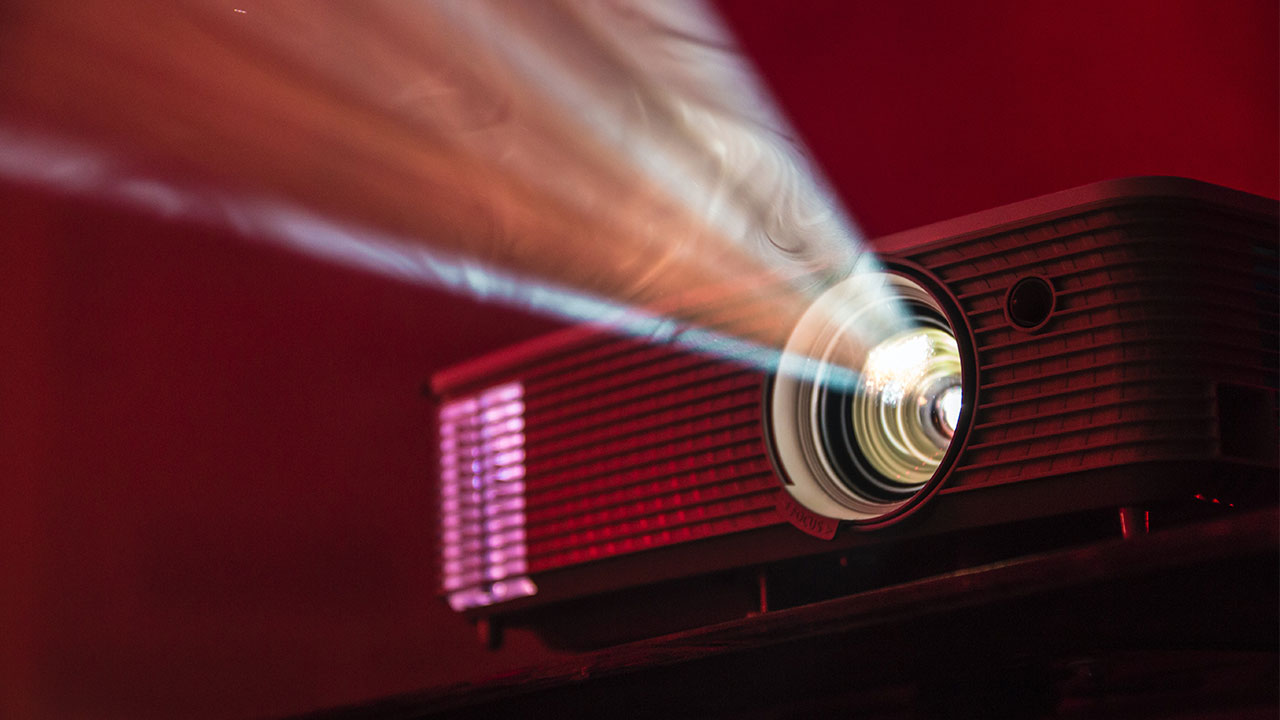
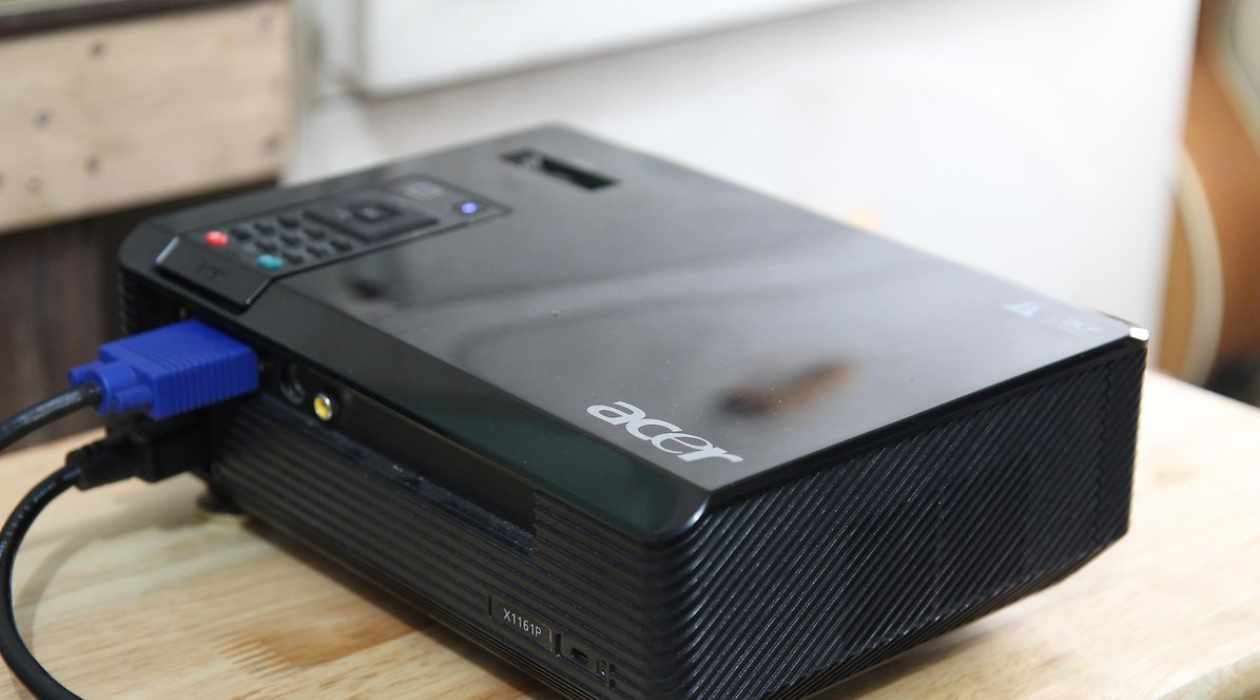
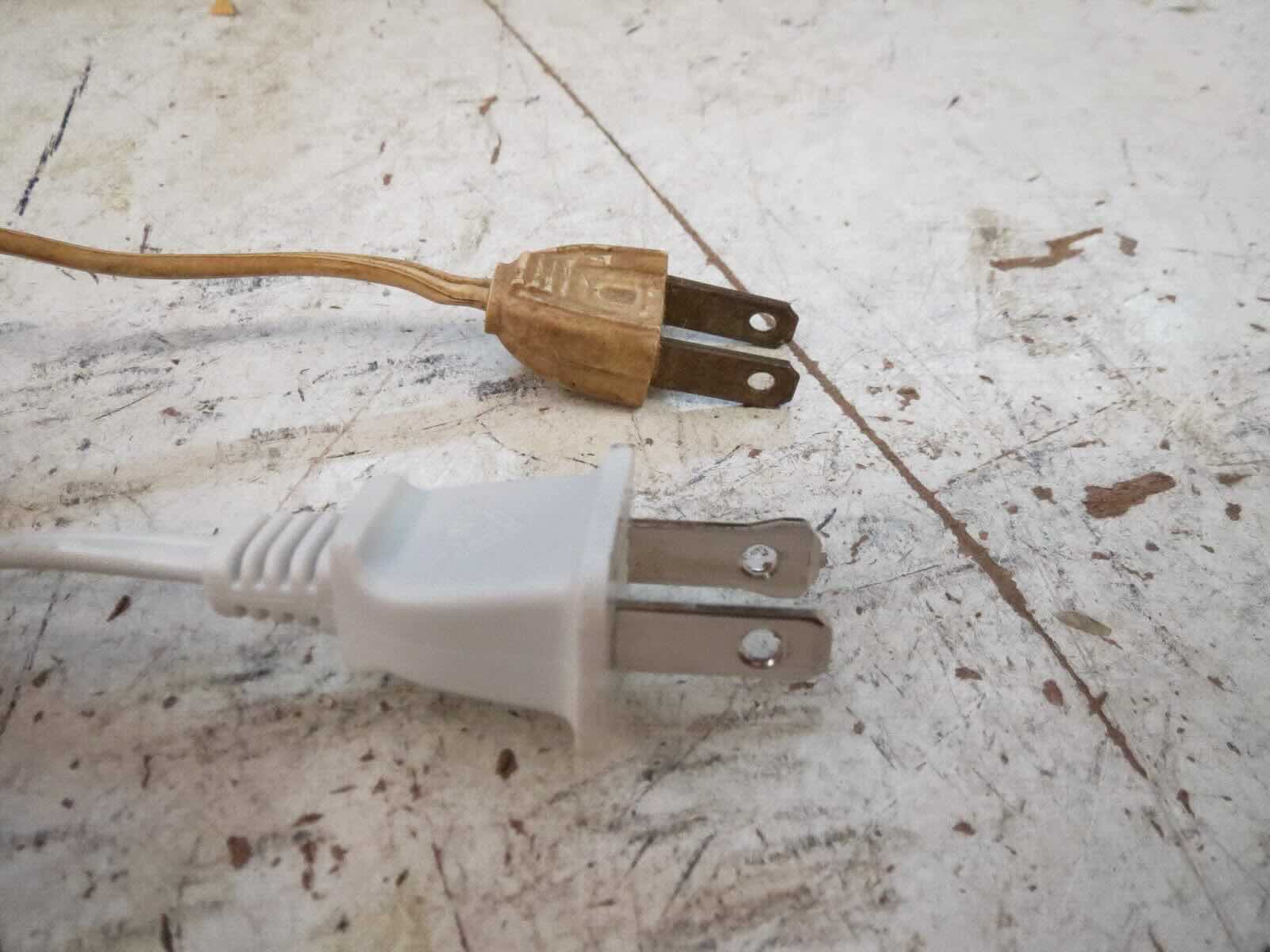
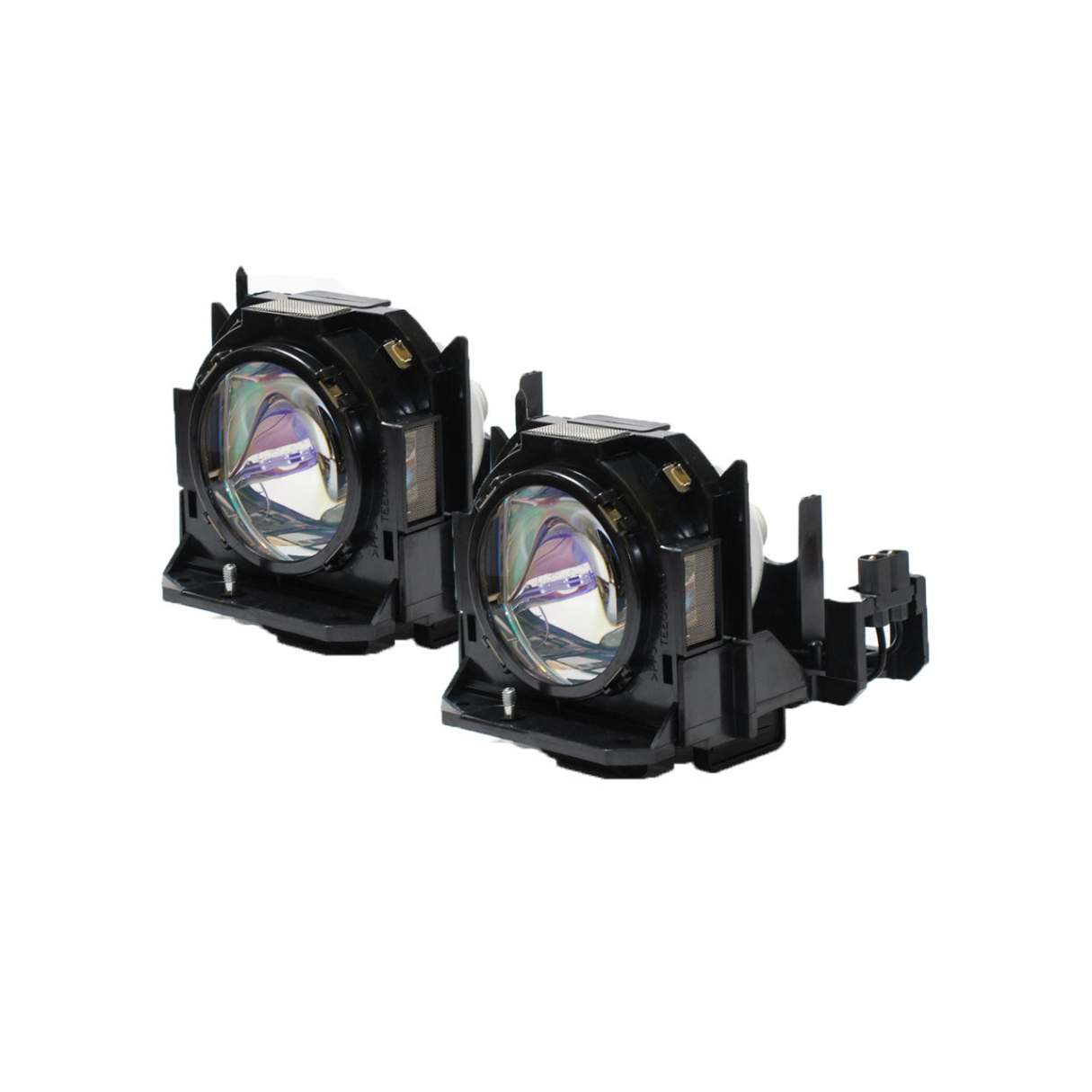
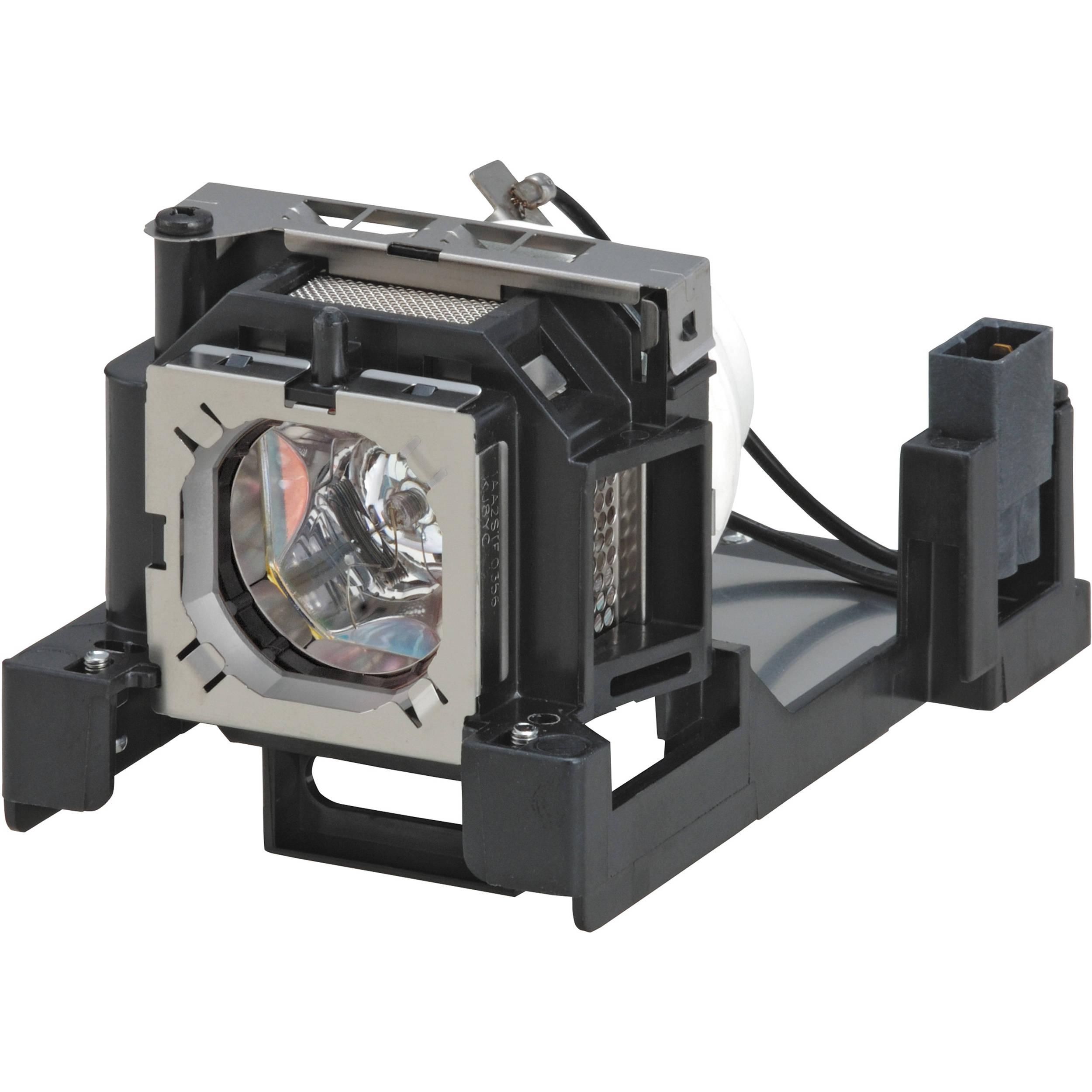
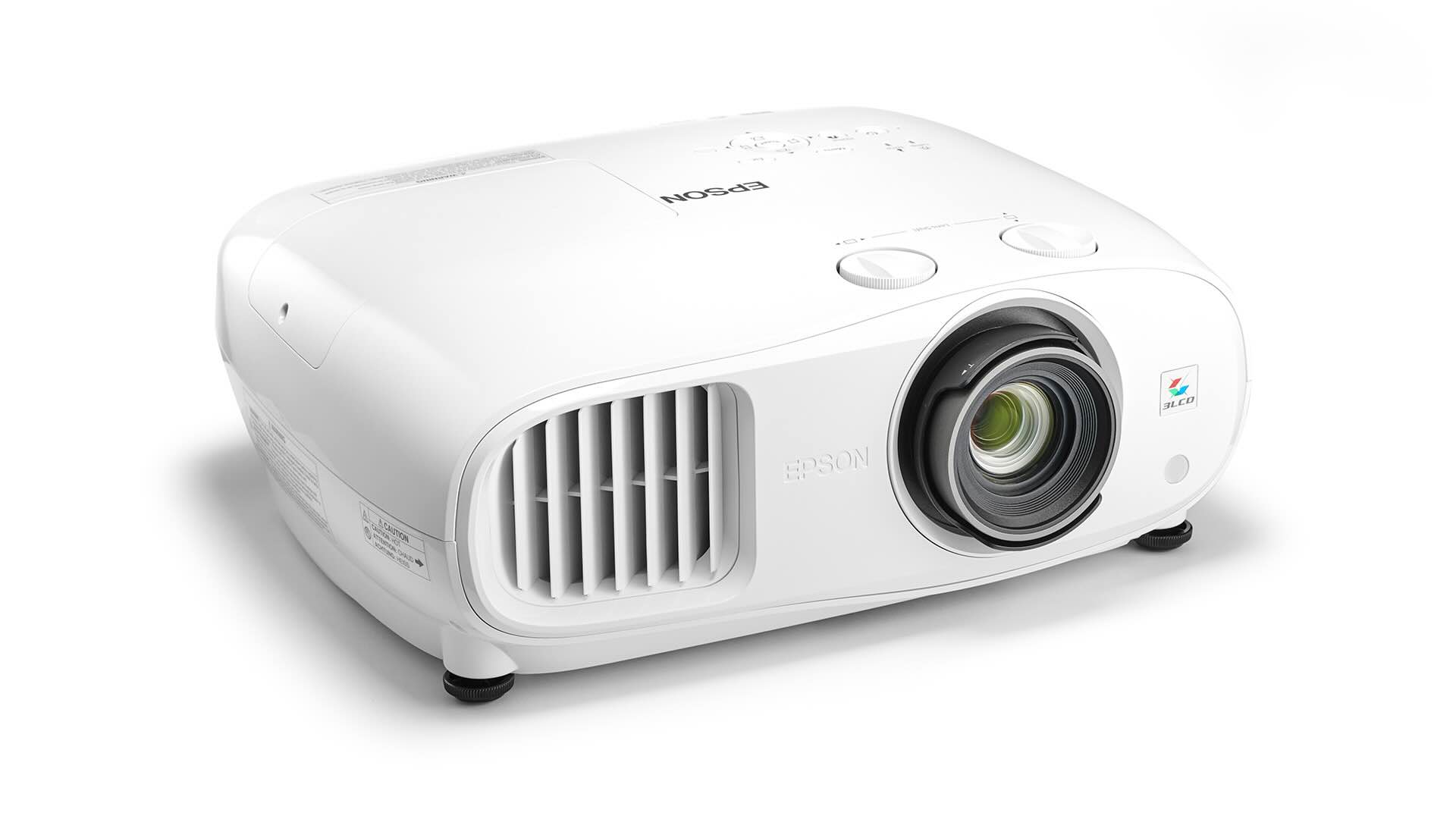
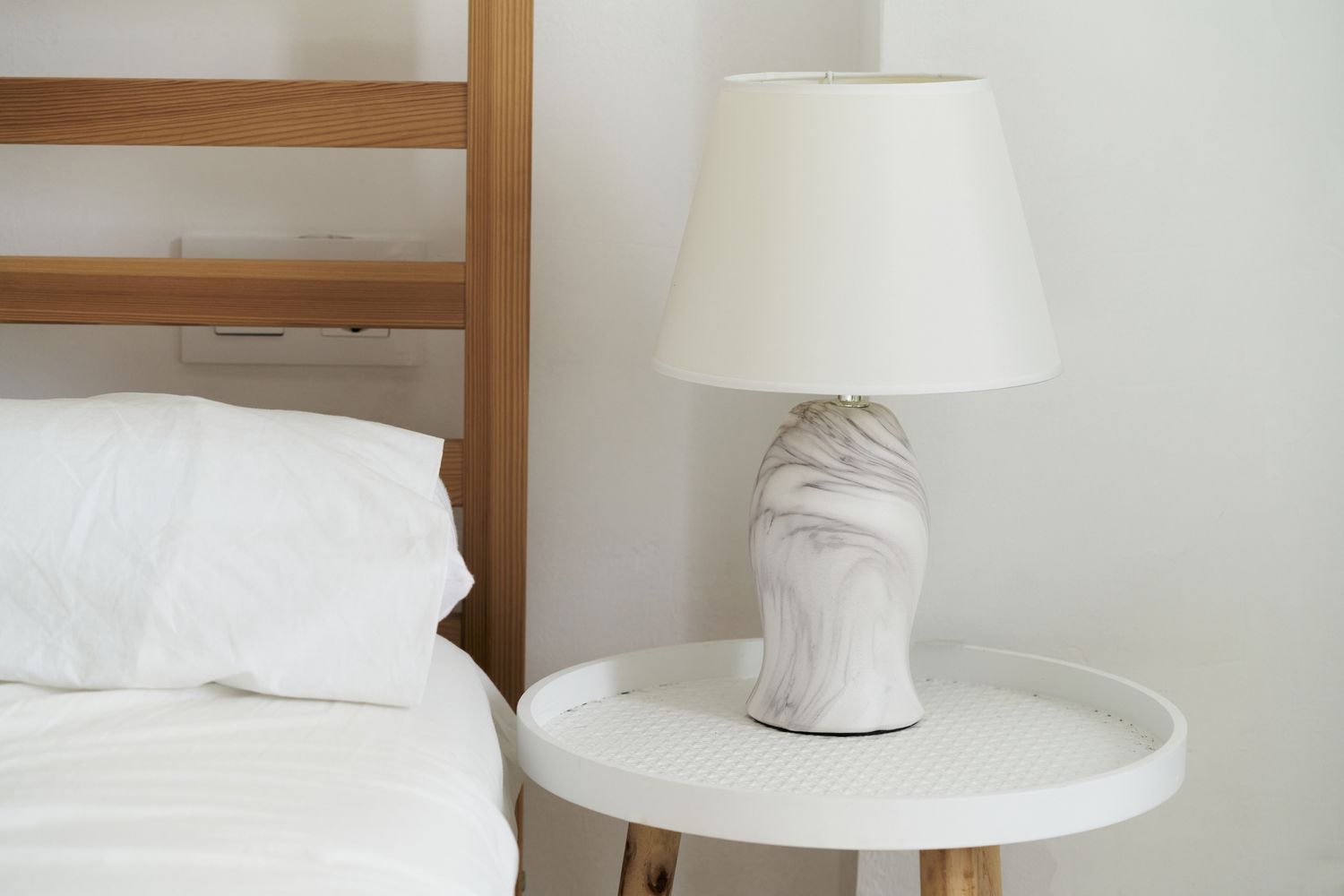
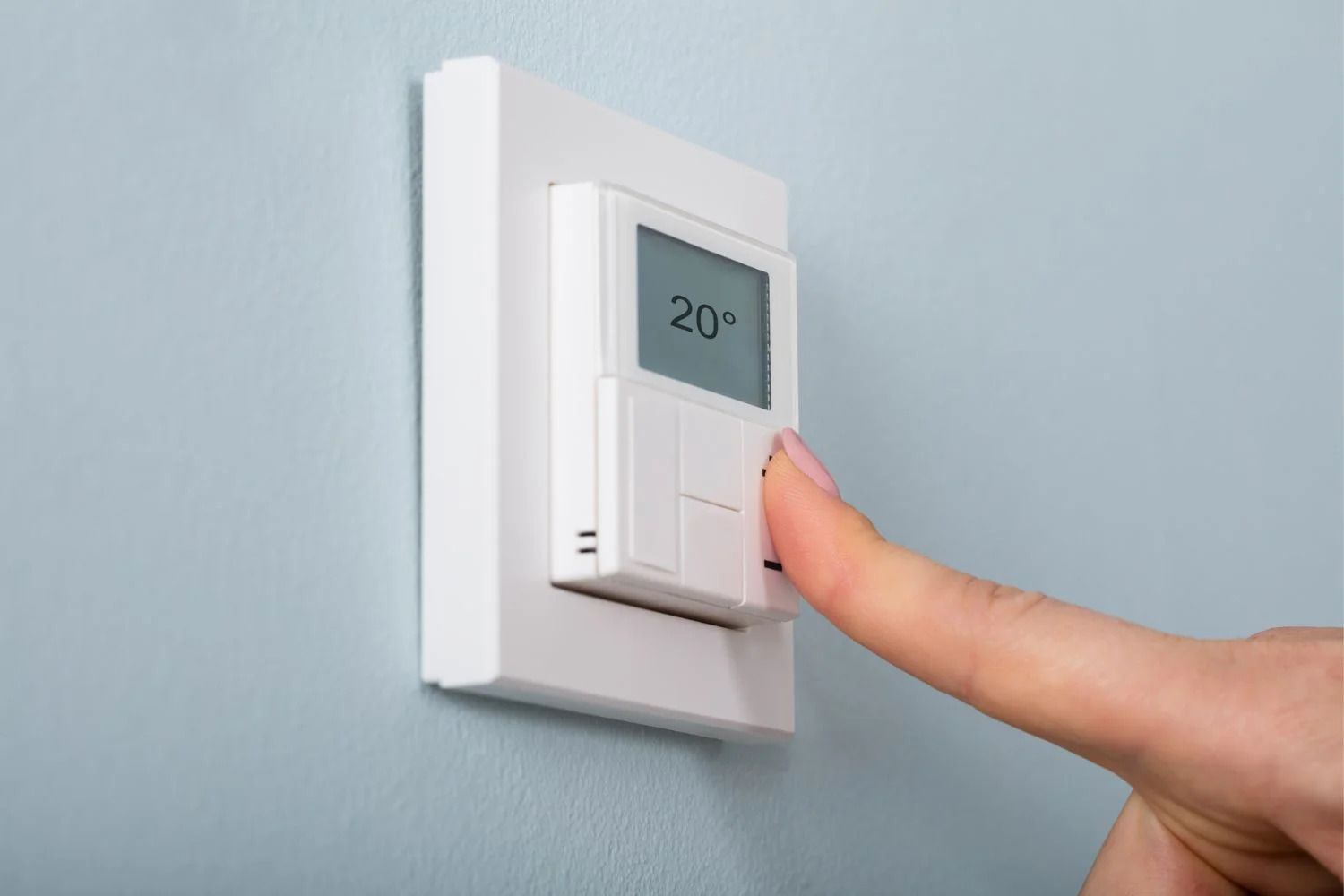

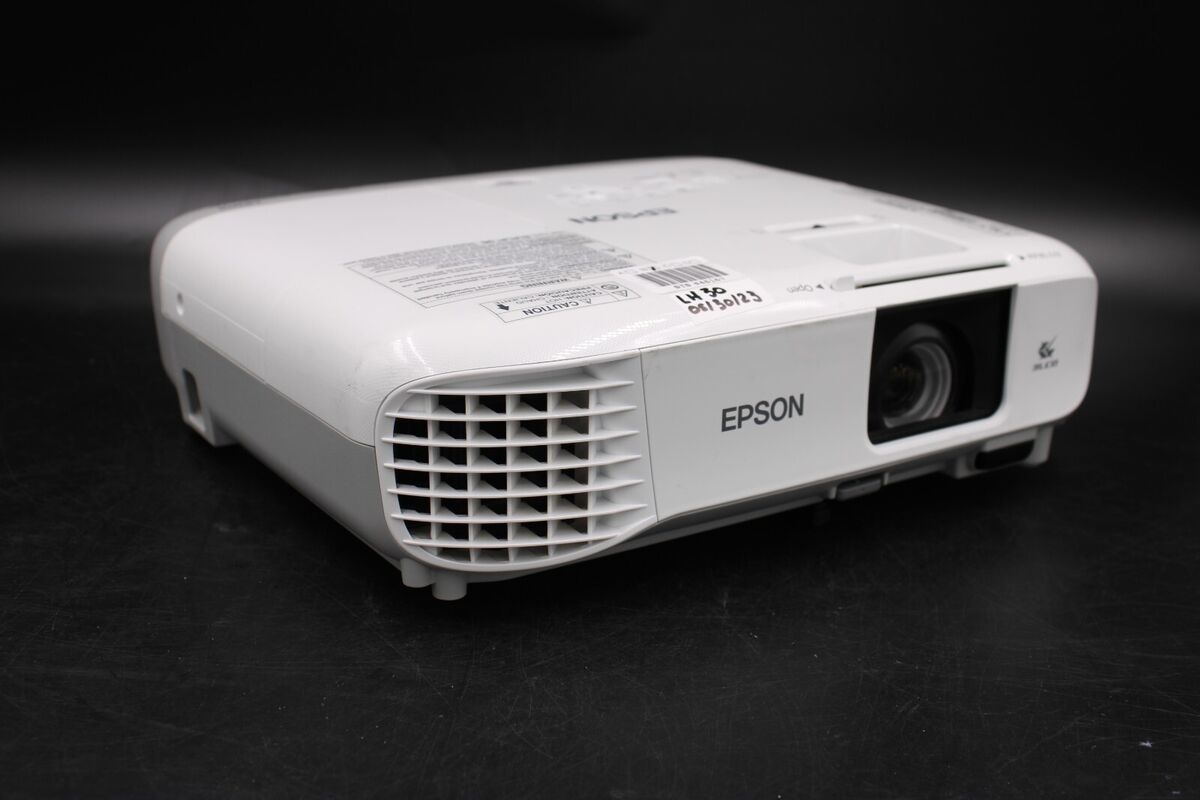
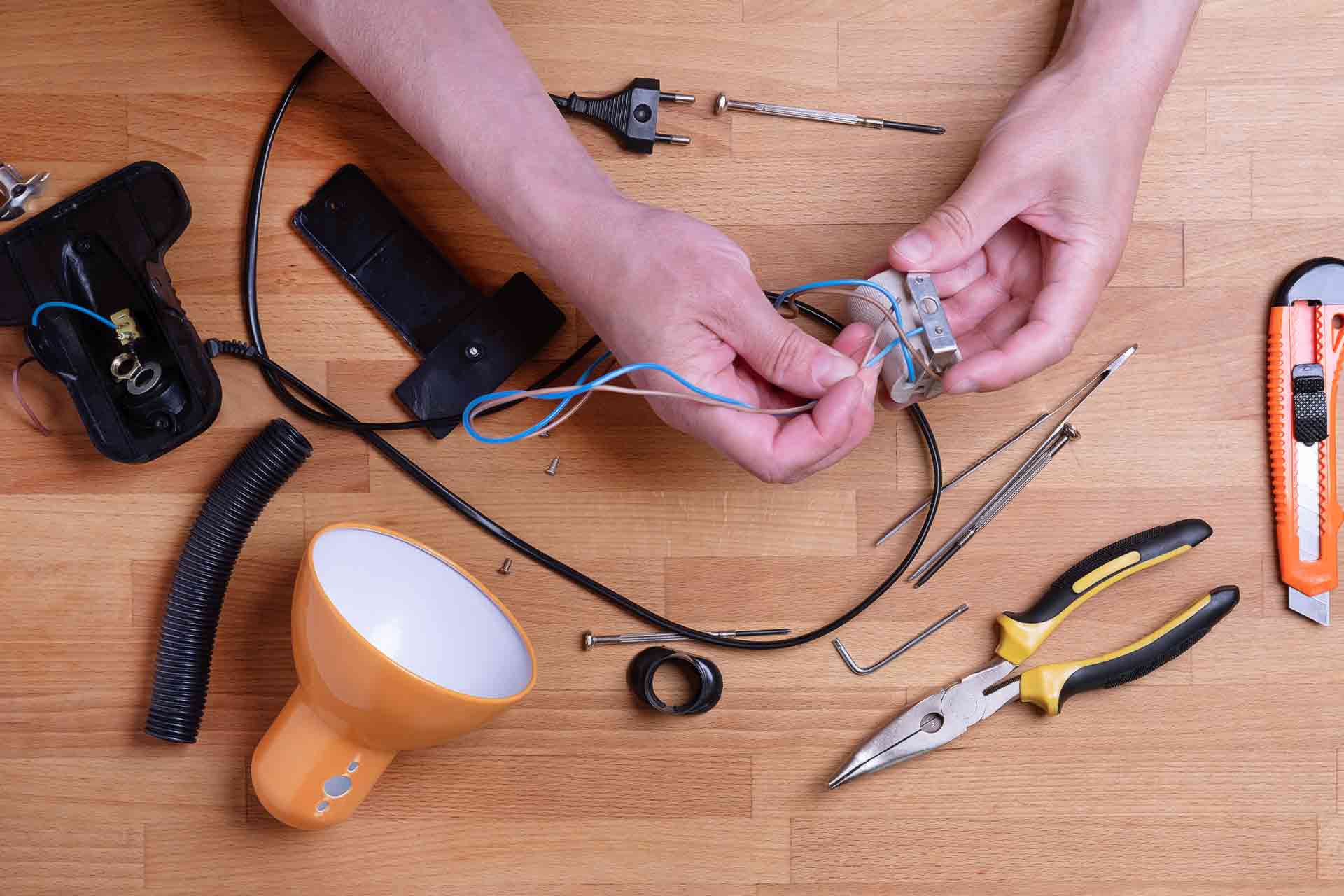
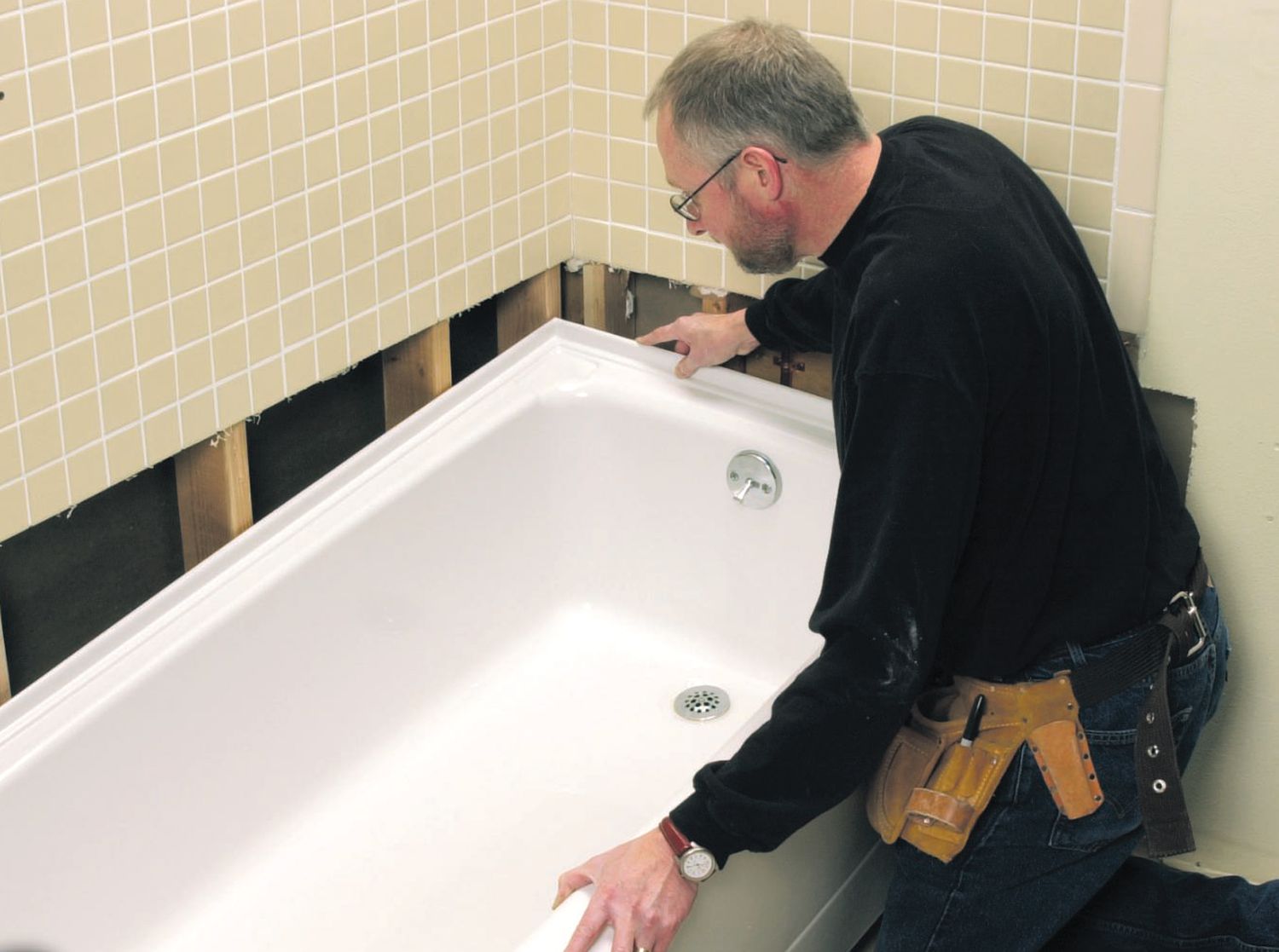
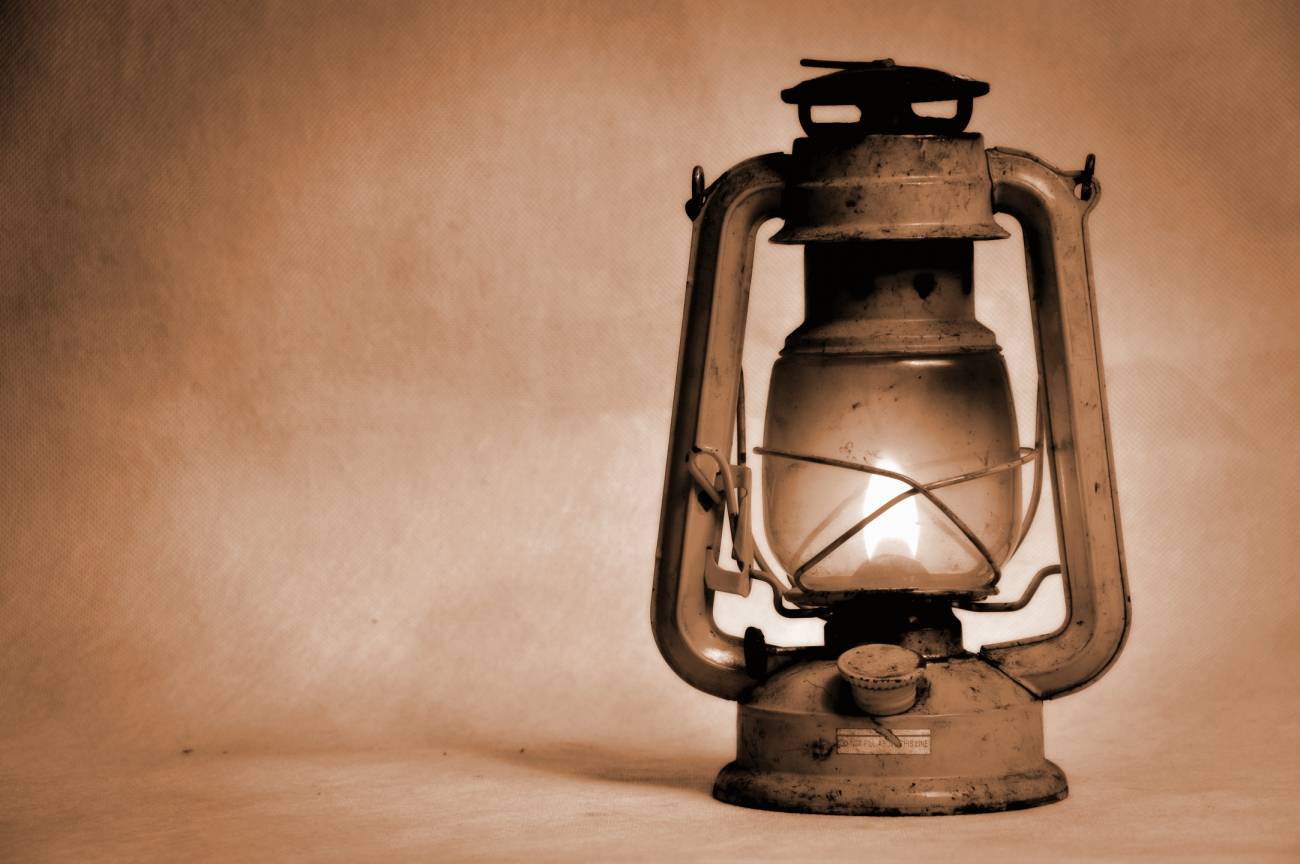
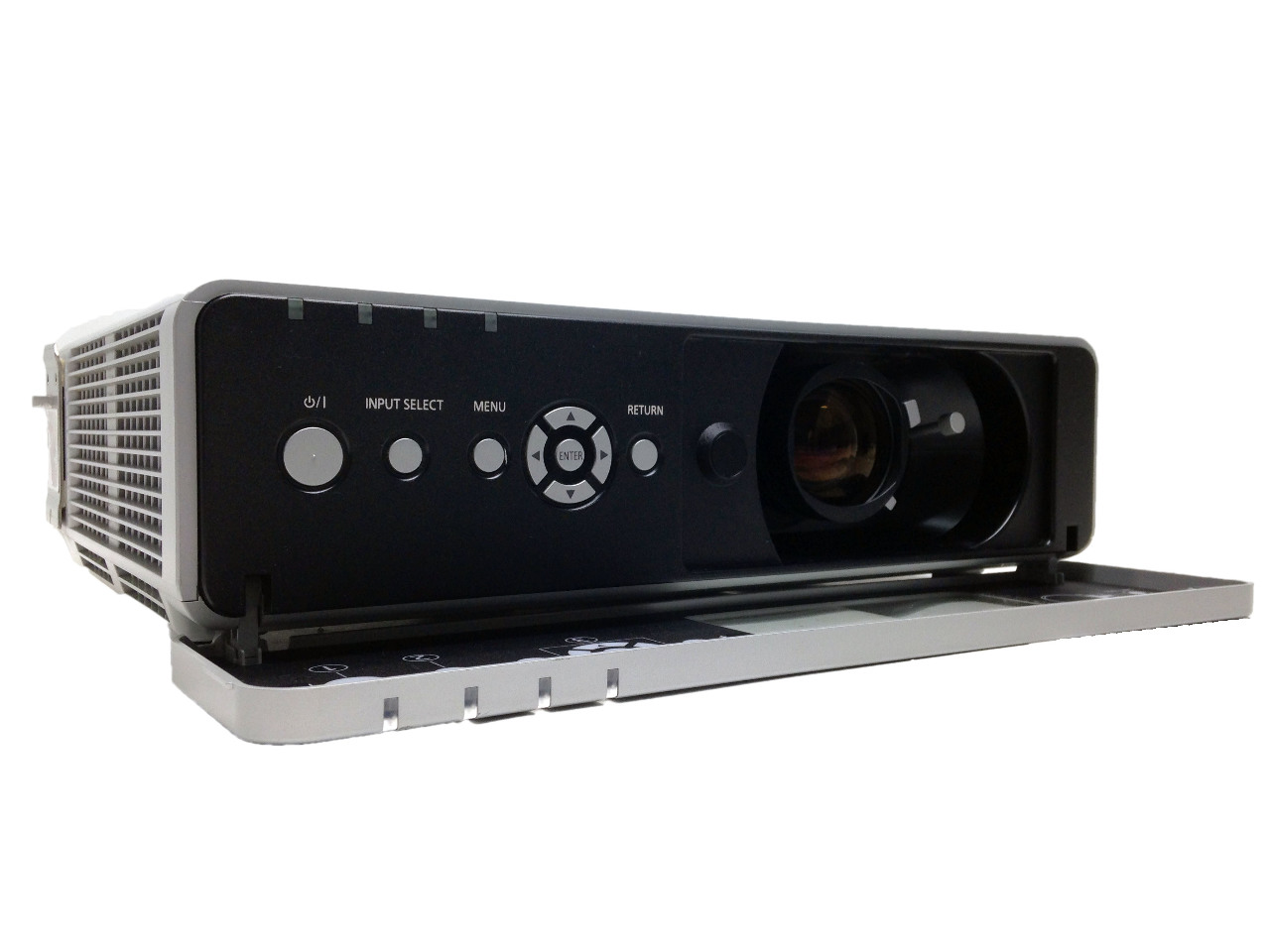

0 thoughts on “When To Replace A Projector Lamp”